Have you ever been repeatedly frustrated with having to put down your pack to access gear? If you’re like me and are not the quickest with a camera, it can be discouraging to miss capturing that fleeting moment. But now, for all those who are looking to access their camera quickly, the Paxis Twin Lakes backpack has a remedy.
The Paxis pack comes with a hinged and padded shuttle pod attached to the bottom of the backpack. By releasing the T lever, located on the side of the pack, the shuttle pod swings in front of you, thanks to ARC swing technology. This feature allows for easy access to your gear without having to take off your pack.
The Paxis is 21” high, 14” wide, 9” deep, and accommodates up to 30 liters. I had the opportunity to test the pack on several snowshoe treks this season to see how it holds up.
Advantages of the Paxis Backpack
The advantages of the Paxis Twin Lakes pack are the comfortable and padded straps, options for pockets, waterproof base under the main compartment, and the padded storage provided in the shuttle pod.
Comfortable Straps
The struggle to find a backpack that fits is real. I’ve often had trouble finding a backpack that conforms to my back. In this case, though, the Paxis was comfortable to wear. The pack is ergonomically designed with a padded and vented back. Additionally, there are padded shoulder straps for comfort. To provide support and provide balance for the weight of the pack, the pack includes an adjustable hip and chest strap.
Number of Pockets
A plethora of pockets is available in the Paxis backpack. For those organized snowshoers out there, this can come in handy. I was able to store my phone, keys, wallet, water bottle, gaiters, glove liners, outer shell, waterproof gloves, hat, and extra socks. The pockets available in the Paxis include the following:
- 5.5″ across, 11″ depth: behind the carrying hook, nearest the shoulder straps
- 5.5″ across, 3.5″ depth: fleece-lined soft pocket, in front of carrying hook
- 12.5″ main compartment, which includes:
- 10″ x 10″ tablet pocket
- 5.5″ across, 4.5″ depth zippered pocket
- 5.5″ across, 5.5″ depth zippered pocket
- 2.5″ across, 6″ depth mesh pocket
- 11″ wide, 4.5″ long, and 5″ in diameter padded shuttle pod
- 4.5″ across, 5″ depth zippered pocket: front of shuttle pod
- 5″ across, 7″ depth mesh pocket attached to the front panel
Waterproof Base
On one snowshoe outing, I had the unfortunate experience of testing the waterproof feature of the Paxis. I reached into my pack to grab my water bottle, only to find that it had leaked all over the middle compartment.
However, I was quite pleased to discover that even with at least an inch of water in the compartment, the water was completely contained. Other gear I had stored in that compartment was wet, but the water did not seep through into the shuttle pod below.
The Paxis is made with a hi-tech nylon fabric and waterproof base, which protects the shuttle pod and adjoining compartments. This protection is beneficial if you are storing high tech equipment, such as photography gear, in the shuttle pod.
Padded Shuttle Pod
If you are carrying sensitive equipment on your trek, the hinged shuttle pod is padded with hi-tech polyethylene foam. The foam offers soft protection for any gear. As mentioned above, the main compartment above the shuttle pod also has a waterproof base to prevent any liquids from seeping through the pod.
The pod is 11″ wide, 4.5″ long, and 5″ in diameter. It can carry up to 5 lbs (2.26kg), which is ideal for any photography equipment you may want to bring along on your snowshoe outings. The pod is also appropriate for storing fishing gear.
Additionally, if needed, you can purchase a divider for the shuttle pod and a rain cover for an additional price.
Drawbacks of the Paxis Backpack
The drawbacks of the pack observed on my adventures was the sheer weight of the backpack, the locking mechanism, and options for snowshoe storage.
Weight
The frame that holds the shuttle pod in place is aluminum, which is beneficial for stability and durability, but it adds extra weight to the pack. Empty, the Paxis weighs about 6 lbs (2.72 kg), with the majority of the weight being the shuttle pod. As mentioned above, the padded shoulder straps and hip and chest straps help to support and balance the weight of the pack as you’re carrying it.
However, I would not recommend the Paxis for an extended backcountry trek that requires ample gear. Because of the weight, it is better suited for relatively short snowshoeing treks. The snowshoe outings I tested the pack on did not exceed 5 miles (8 km).
Shuttle Pod Lock
On my first attempt to use the Paxis, I released the pod to access some gear. When I went to click the shuttle pod back into place, the locking mechanism malfunctioned. Thus, I spent the remainder of my snowshoe outing with the pod swinging back and forth. If the locking mechanism malfunctions, the pack comes with emergency failure straps to reattach the pod to the backpack if needed.
After this incident, though, I spoke to Paxis about the issue. They provided excellent customer service and sent me a new backpack right away without any questions asked. I have not had any problems with the new pack.
However, there were a few occasions where the locking mechanism was clunky to use. I released the lever but was unsure of the direction to swing the pod. Once the shuttle pod was in front of me, though, I was able to access the gear I needed at that time.
Snowshoe Storage
For snowshoers specifically, I wish there was a more natural method to store your snowshoes when not in use. On a recent outing, the snow conditions included both packed snow and powder. I decided not to use my snowshoes on the packed areas and tried storing them behind the front panel of the pack.
Luckily my snowshoes have a tapered tail and fit through the bottom opening in the front panel. On a separate trip though, I tried to store my U-tail aluminum snowshoes into the front panel, but they did not fit in the bottom opening. So I ended up storing them in the main compartment.
Even though I was able to fit my tapered tail GV snowshoes into the front panel, the bulkiness of the shoes cut off access to the main compartment of the Paxis. On this outing, I had stored some extra gloves and a water bottle in that compartment, which was an inconvenience.
Overall
The Paxis Twin Lakes backpack is a viable option for those snowshoers most interested in photography on their trek or for those carrying fishing gear. The hinged shuttle pod provides padding for your equipment and access without taking off your pack. Plus, you can store any extra gear needed for your outing in the variety of pocket options available.
Ideally, though, I would recommend this backpack for short treks because of the pack weight and the limits to snowshoe storage.
Read More: Backpack Reviews
Have you used the Paxis Twin Lakes backpack? If so, what was your experience?
The manufacturer provided the product reviewed in this post to the author at no cost. The views and opinions expressed in this post are, as always, the author’s own.


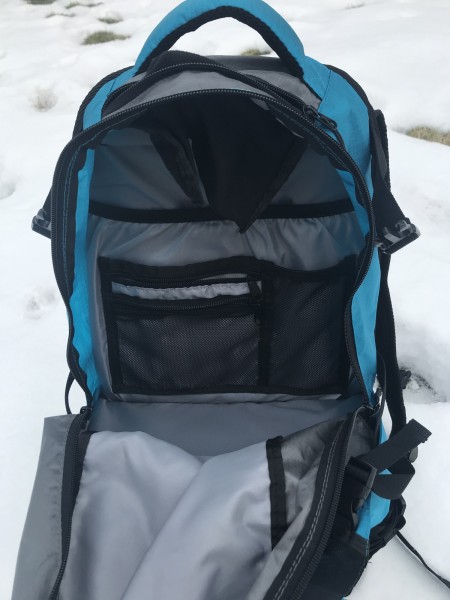
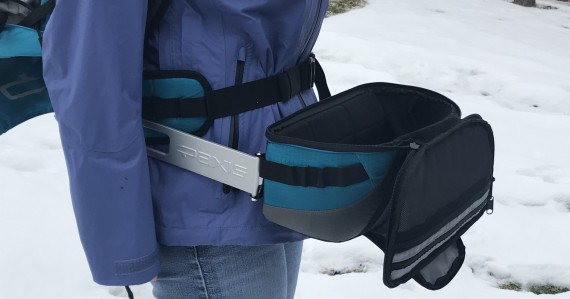


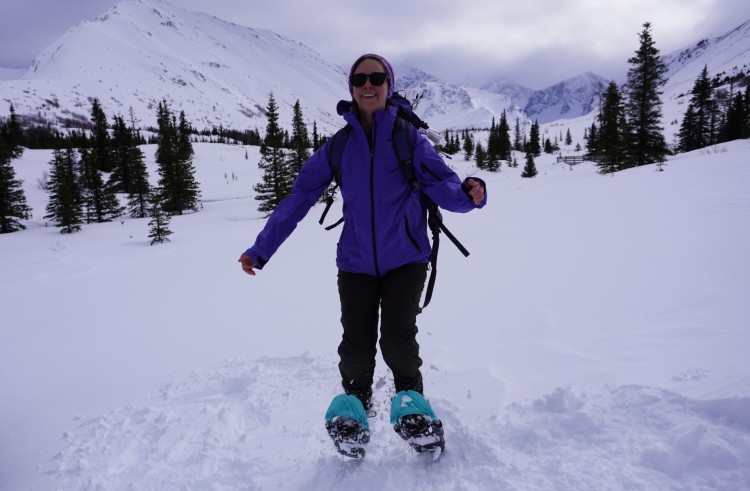
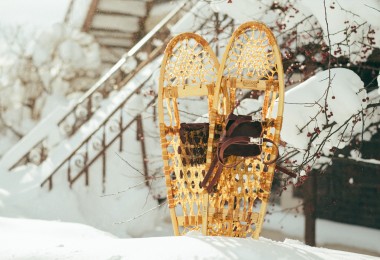
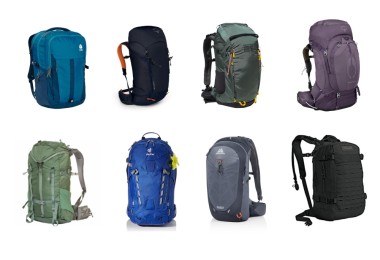



Leave a Comment